Nike Vapor Speed Driver Review
As years go on we see more and more that Nike firmly believes in emphasizing performance for athletes out front and at times in your face. Much of that comes with the territory of the company and how it built its empire. With golf, that can be a very hit or miss thing. Some like it and feel called by it, and some feel pushed away. Though the talk surrounding the Vapor line is about being for athletes, the options themselves actually hit many different types of athlete. For example, the release of the Nike Vapor Speed driver serves as the head that offers more launch and more spin surrounded by the goals of forgiveness and playability rather than workability and ultra-low spin.
For this review THP was able to spend time working with and breaking down the Nike Vapor Speed driver paired with the stock Mitsubishi Fubuki Z50 shaft.
Information on the Vapor Speed driver from Nike Golf:
Designed to deliver pure distance and high launch. The Nike Vapor Speed driver head combines Fly-Beam technology with a NexCOR face and spreads weight across the heel and toe while offering FlexLoft w for 15 different launch options. The Low CG also promotes higher launch for longer carry. The Nike Vapor Speed is paired with the new Mitsubishi Fubuki Z 50 which focuses on providing upgraded stability with higher launch and lower spin.
Specifications and Options:
| RH LOFTS | LH LOFTS | CC | SWING-WEIGHT | LENGTH |
| 8.5° to 12.5° via FlexLoft | 8.5° to 12.5° via FlexLoft | 460cc | D3 | 45.5” |
Stock Shaft Options:
- 2015 Mitsubishi Fubuki Z50 (R, S, X, A, W)
Additional Custom Shaft Offering at No Upcharge:
- 2015 Mitsubishi Fubuki ZT (R, S, X)
Additional Custom Shaft Offerings at $50.00 Upcharge:
- 2015 Mitsubishi Diamana S+
- 2015 Mitsubishi Diamana D+
Technology Spotlight:
- Covert Cavity Back Technology
Speculation by some has been how long will Nike stick with the Covert Cavity Back technology in their drivers that started with the original Covert. If the Vapor line is any indication, then it will continue to be a key technological focal point. Although it has evolved considerably in size, shape, and structure from its origin to the present, the premise and tech remains the same.
The goal of the Cavity Back in the driver is that by removing mass from that section they can have a more forward weight in the head which will allow for keeping a more constant MOI across the club while also reducing the gear effect and helping the resistance to twisting. Basically the simple breakdown is fewer changes to the overall launch across the face of the driver within the entire Vapor driver line which should help decrease the oft accentuated hook and cut flights on misses toward the extremities of the face.
- Fly-Beams
A new addition to the Nike drivers is what they are calling “Fly-Beams”. While not the greatest name in the world, the actually serve as a pretty significant change design wise. Basically Nike compares these to I-beams in construction, which shore up stability. Here the beams are visible in the cavity and actually run all the way through the heads and to the face.
The purpose of such an addition is to increase stability and help keep more of the flex of the driver in the face while limiting loss throughout the rest of the head. By keeping as much of the energy in the face as possible, this should mean more speed off the face and more speed of course means more distance.
- Compression Channel
When Nike released the first Covert driver with its Covert Cavity Back Technology in it they introduced something new and radical, but also moved away from arguably one of their most successful design features within their woods, the Compression Channel. It was often discussed that they didn’t believe it would be effective with the Covert Cavity Back setup, but at the request of Tiger Woods they took a look at it again for the Vapor lineup of drivers.
In order to get the compression channel to have an effect and keep within the set CT rules a variable depth was utilized. The channel is shallower at the center of clubface as well as beveled in order to keep from exceeding max CT there, while at the heel and toe extremities the new channel features a significant depth increase to maximize the CT in relation to regions where misses occur most often on a club-face. As Nike describes it, the channel actually flexes both ways (compresses and opens) depending on where impact is made on the face.
- FlexLoft 2 Adapter
In the world of adjustable clubs Nike’s FlexLoft adapter continues to be one of the most effective and easy to dial in out there. For the Vapor line Nike has developed a slight tweak to the adapter and now refers to it as FlexLoft 2.
The only change to the adapter is in materials within the structure which has allowed the savings of 5g of total weight. The 5g is a 30% savings compared to the original FlexLoft and has led to Nike now applying lighter head-weights in the Vapor Line, which will allow easier swing weighting while maintaining the same durability and 15 loft settings. It needs to be noted also that the original FlexLoft adapter does still work within all three heads in the Vapor line. Typically there will simply be a swing weight change around 1.5 points (depending on the shaft used of course).
Aesthetics:
If you want something that is a conversation starter and an attention grabber, then Nike’s use of Volt in this year’s Vapor lineup certainly does that. It needs to be cleared up though that this is not at all a new color for Nike and is in pretty much all of their other sports lines. Still, that doesn’t take away from the shock value, and it will definitely be a love it or hate it kind of thing. Even then, people will talk, and if that was a goal, Nike nailed it there.
The Vapor Speed uses the Volt color in two main areas, the Covert Cavity and the Nike Swoosh on the heel section of the crown. Although the cavity isn’t visible at address, it definitely will draw notice by playing partners (and on TV in the case of Nike’s Tour staffers). Additionally, the use of the Swoosh in near the heel has been an area of contestation since the original Covert. Some would prefer to see Nike add a single swoosh alignment aid on the crown, but in its current location it certainly stands out and keeps the topline clean. The head is finished out with a deep metallic black/grey crown featuring a cross-hatch pattern starting at the rear and fading as it gets close to the middle of the head. The face on the Speed as well as main sole accents are lacking the black PVD finish of the Vapor Pro and Flex, done in order to keep the cost down on the Speed as well as differentiating the head visually.
It is also necessary to mention that the stock 2G Wrap grip chosen by Nike leaves a LOT to be desired, especially in humid areas. Yes, it is an easy fix, but it would be nice to see Nike move to a better stock grip, even the old-school Crossline is better than the 2G in a variety of climates.
In terms of footprint, the Vapor Speed is the largest in the three driver Vapor lineup. Although it is 460cc just like the Vapor Pro, the Speed is a more elongated head from front to back and actually looks like it is 460cc unlike its sibling the Pro. Even as an elongated design, the head is a shape many will be comfortable standing over. In fact, for the area it is aimed at the head actually gives off the look of being more forgiving. Face depth sits in that middle range for what we are seeing today – not enormously deep, but also not shallow. Simply put, this is the head in the Vapor line that just has the aesthetic qualities of being the easier to hit setup, exactly what Nike was going for in terms of looks.
Overall Performance:
- Sound/Feel:
Having hit all three drivers within the Nike Vapor line, this reviewer has no problem stating that from a sound/feel perspective, they are all an impressive jump from the Covert 1.0 and Covert 2.0 releases of recent years. Nike has finally managed to get the acoustics in a range that should appeal to most golfers. With the Vapor Speed, there is a tremendously solid sensation and sound at impact. It sits on being firm and poignant without being high pitched. Additionally, there is no metallic sensation here where resonance is concerned. At impact it really gives of the feeling that the ball is having significant force exerted onto it with no lagging on the face (that “dead” sensation some drivers have). Although strikes across the face do not have the significant differences in sound/feel other heads have had, it isn’t necessarily a bad thing. Misses are still identifiable, albeit with a more blurred sensation than the other two heads in the Vapor line.
Ball-Flight/Trajectory:
The Vapor Speed is designed to sit in the upper end of the trio of drivers Nike is releasing this year as it provides the highest launch and spin of the three. Testing actually showed the Speed to be a mid-high launcher by nature as well as a mid-spin setup. With this, it will be playable to a large margin of golfers as it is tuned for loft and shaft pairing, but it will definitely appeal most to those who benefit most from a bit more launch. The Vapor Speed achieves the added launch through a lower CG and a larger face than the Cover 2.0 had. The CG actually sits 1.4% lower in the head. Time spent with the Vapor Speed and Fubuki ZT setup showed it to be a well-rounded pairing in terms of stability and the base flight/consistency characteristics. The ball flight, though higher, worked to its apex well with no issues of ballooning being seen, though it is key to remember fitting will undoubtedly vary user to user. For this reviewer though it was a good balance of added launch without imparting too much spin unto the ball. A big benefit here too is that the Flex Loft 2 adapter continues Nike’s reign as having one of the most effective adapters on the market – 5 loft settings with three different face settings for each in a package that looks good and works even better.
- Forgiveness/Distance:
During testing, this reviewer found the Vapor Speed driver to be an improvement on its predecessor the Covert 2.0, as its ball speed retention numbers were indeed slightly better. Where the Vapor Speed separated itself though is in terms of the overall forgiveness through the stability of the design. The addition of the Fly-Beams and Compression Channel into the Covert Cavity Back design definitely has merit, as the Vapor Speed was one of the best heads this tester has spent time with in terms of limiting the gear effect of misses on the face. No matter where the strike occurred, there was no significant instance of twisting at impact and as such the ball really seemed to stay in play on lateral misses extremely well. A strike low on the face saw the largest drop-off, though they did manage to maintain a playable height and directionally consistency. Strikes high on the face did also see typical spin increases, but as with other misses, the ball stayed playable. It should be clarified; no club will fix a swing fault. A slice is still a slice, but the Vapor Speed showed a very good level of forgiveness on more repeatable swings. Having spent time with the original Covert and being incredibly critical of its forgiveness traits, the Vapor Speed is in a different performance realm than that.
Where distance is concerned, the Vapor Speed proved to be well balanced and capable of competing with heads of similar design traits in that regard. Clearly, much of distance is going to come back to proper fit of the spin and launch of the head, and the Vapor Speed, though obviously not ideal in those areas for everyone, will fit a large margin of golfers. For those who are best suited with the mid spinning and higher launching driver setup areas it is worth a look, as it’s a very good step for Nike in terms of both forgiveness and distance.
Parting Thoughts:
The addition of a driver like the Vapor Speed into the Nike lineup is a nice thing to see. Contrary to those who claim companies are releasing too many drivers is a bad thing, options are good. In terms of spin, launch, and forgiveness the Vapor Speed fits in with the largest segment of amateur golfers out there, because contrary to what some think, ultra-low launch and spin certainly isn’t for everyone. The biggest question with this, as with the rest of the Vapor lineup, is how many will be able to get over the shock of the Volt color and actually give them a go to see if they do possibly fit their personal performance needs. No matter the answer to that, it’s a good step for Nike in becoming a more rounded OEM.
The Nike Vapor Speed driver comes with an MSRP of $299.00, more info on it and the rest of the Vapor line can be found at www.NikeGolf.com.











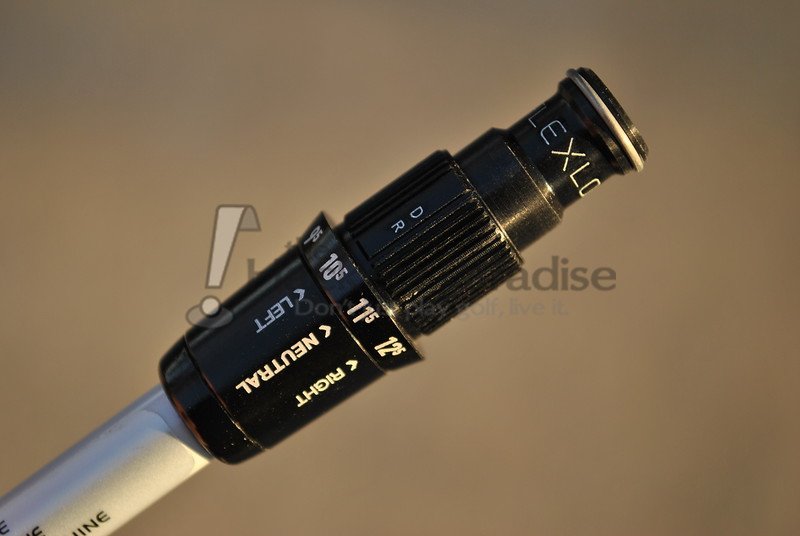
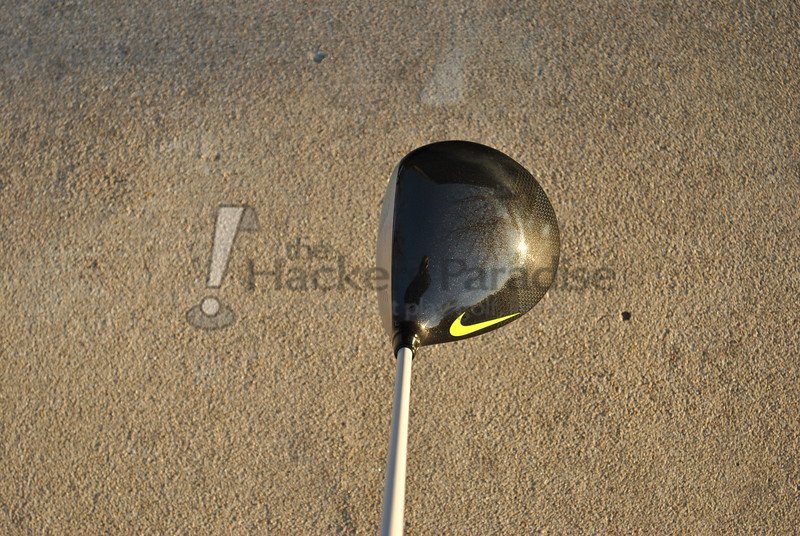

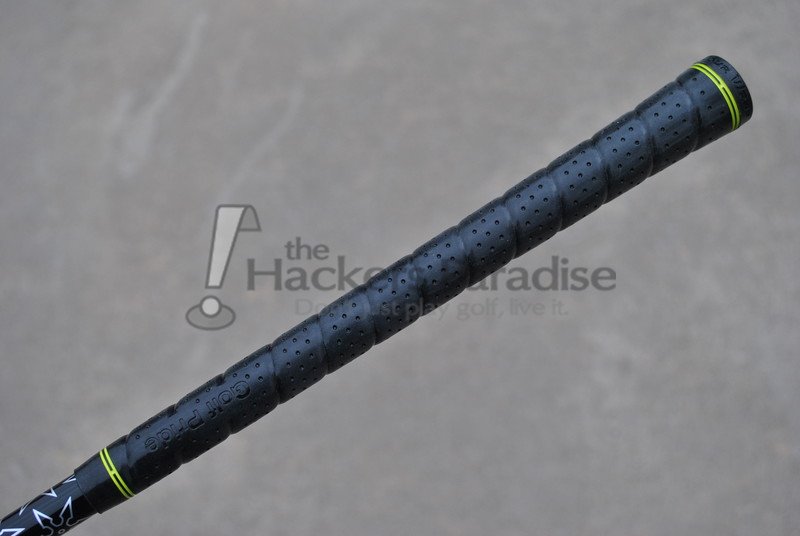


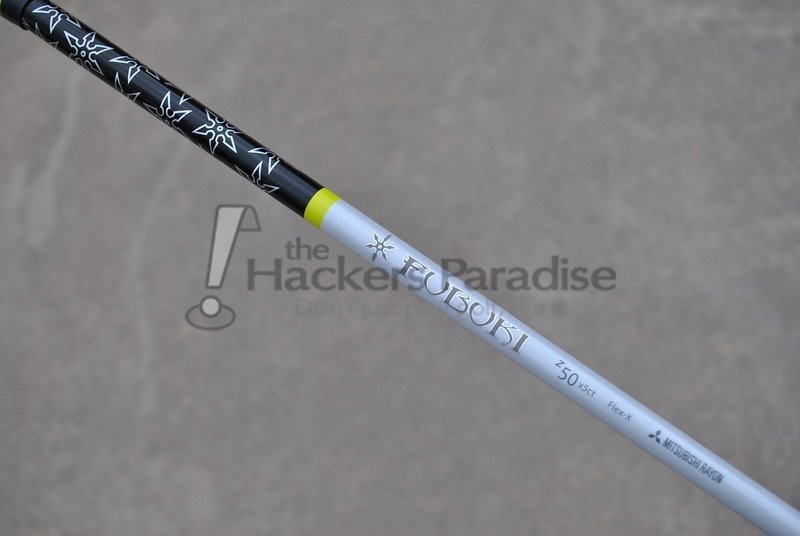
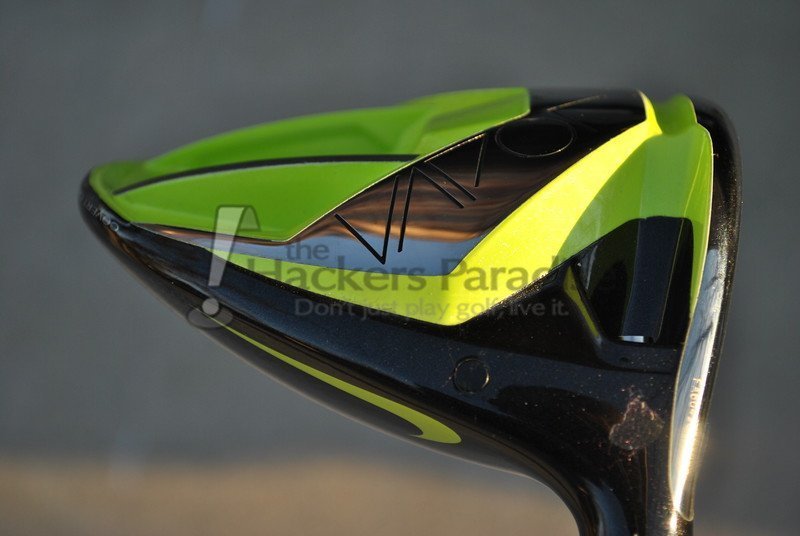





Great write up James. I like the tech behind it a lot and had no idea that the Sky Beams had an actual function other than aesthetics. I truly don’t like the color though, that’s the one thing I can’t get past.
As usual a great review. Some really good details and the tech in these drivers is good.
Once again a comprehensive review packed with a ton of information.
This new lineup from Nike has me intrigued and I love the technical design that has been put into this one.
Nice review here James, like what I’m reading and interested in trying this one.
I think it looks really good at address and it sounds like performance wise it covers a large spectrum of golfers at a reasonable price point.
Well done James…enjoyed the review.
Great review James.
Well done James. Special hat tip on those in hand photos. They really highlighted how good looking that club is. Still hate how they do the silver face instead of black but thats neither here nor there. The Vapor Pro and me didnt get along well so would love to give this a go.
Personally I love the color. The look of the driver single handedly made me consider Nike when I never have before.
Enjoyed the review James. Good to see Nike come out with a driver that interest me.
I went to my local golf shop to purchase new clubs! My entire bag was stolen from my open garage. I previously owned/used a Taylor Made R1. The fitter there asked me to try the new R15 and Vapor Speed because I wanted higher launch. I loved both Drivers. What sold me on the Nike was the simplicity of making adjustments. What didn’t sell me was the color! “Volt” isn’t for me. Yet, in the end I’m glad I chose the Vapor Speed. I love the feedback from the club on impact. You can almost feel the ball compress and leave the face. The sound is good, as well. Oh yes….by the way, I’m hitting it much higher and longer. My buddies asked me “what changed”? I can truly say the Nike.
Nice write up but I do take exception with one particular assessment. I play original covert 460/KK silver 60x and find it to be extremely forgiving. Fit by nike rep on flightscope, it has been one of the single best club purchases I have ever made. Long, straight, solid club that has me in the fw better than most I have tried. I am looking forward to testing it against the newer Nike offerings.
Great write up. It was informative, open minded, non biased and gave me the comparisons I was looking for vs. Nike’s other models. It was a true neutral review and not an advertisement for a company. Thanks.
Really very happy to say, your post is very interesting to read. I never stop myself to say something about it. You’re doing a great job. Keep it up.